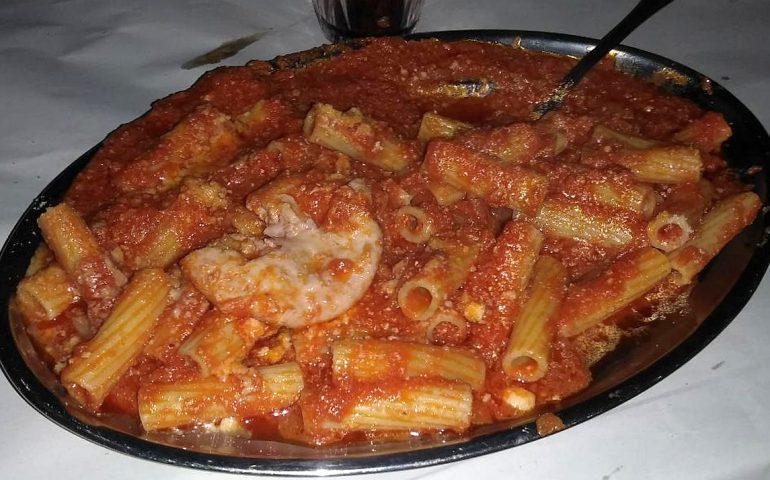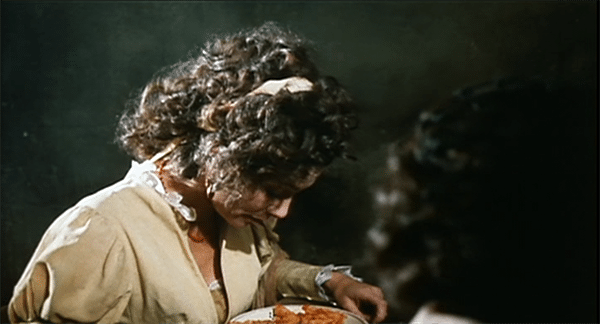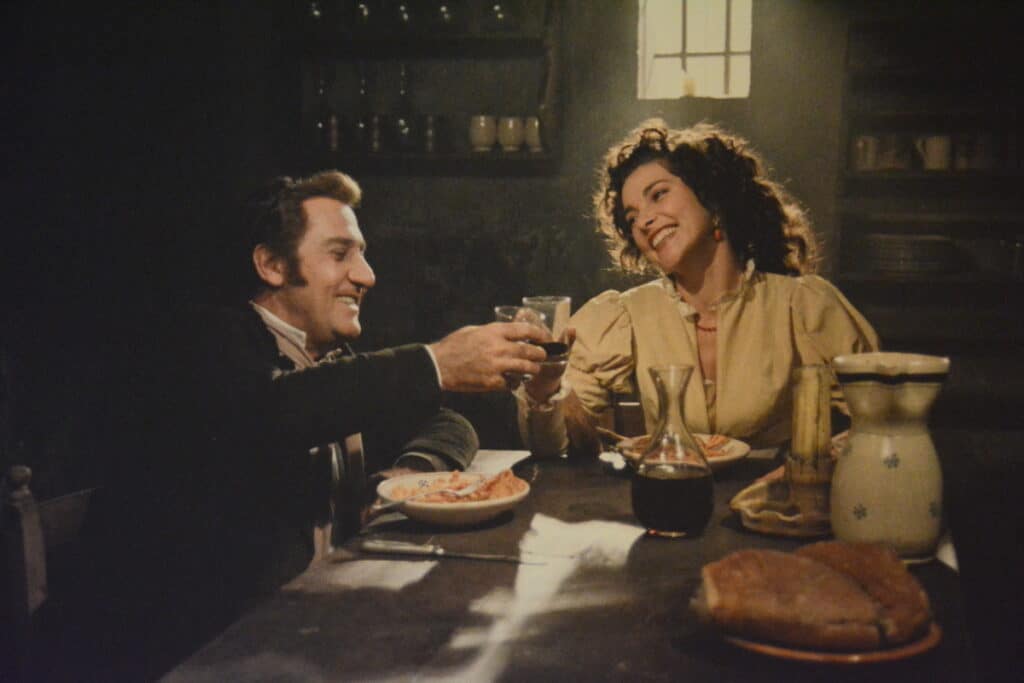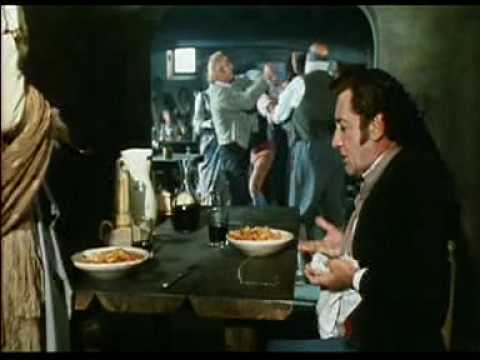Typical Roman Dishes, The Pajata
A tasty Roman tradition between budella, milk and tomato pasta mentioned also in the film with the great Roman actor Alberto Sordi

Typical dishes of Roman cuisine and cinema. The “Pajata” in “The Marquis del Grillo” by Monicelli with Alberto Sordi.

Pajata is a particular and typical dish of Roman cuisine. It is part of the “frattaglie” family, in fact it concerns the soft intestine of the milk calfskin which is normally called duodenum and which contains chimney, the curled maternal milk that resembles ricotta that the calf has nourished. A classic recipe with Pajata served accompanied by Rigatoni with sautéed sauce by scaming the onion, carrot and celery, a clove of garlic.
Italy Rome Tour Is Affiliated with Vatican Rome Tours
The intestine is either left open to further season the sauce or sewn to the nodine.
In a scene of the film “The Marquis del Grillo” by Mario Monicelli, Alberto Sordi label as “excrements” the dish, as a gut with in fact content content food in digestion. However, the definition is not exactly correct, as the duodenum is carefully cleaned.
Pajata Rigatoni are extremely tasty. The meat is cooked over low heat and in this way it will become very soft and tender. A technique to make the flavor better is to blend it with the white wine and to add the chilli tomato puree.

Tomato and meat are cooking over low heat for about 2 hours. The pasta is drained, season with the sauce and meat and the pecorino is added in the end. A more contemporary version provides for the addition of cloves.
From 2001 to 2015, for 14 years, Pajata had been banned by the European Union following the crazy cow alarm. A go -ahead that had been celebrated by the women of Coldiretti at the headquarters of the organization at Palazzo Rospiglosi with the preparation of a Maxipajata.

It is a preparation that originates from poor cuisine, where misery did not allow to throw anything of the animal. And once again, popular cuisine gives us back a real delicacy. The original version dates back to the Jewish – Roman tradition of 1500. The Jews prepared it, obviously without adding tomato and final pecorino.
One of the most interesting passages is the bond of the intestine, generally cut into pieces about 30 cm long, and then be fixed to the ends with the skin creating the shape of a donut.
An alternative is to consume it as a second, cooked stewed, roasted, in a pan or grilled.
If you want to make Spaghetti Cacio e Pepe Click HERE
